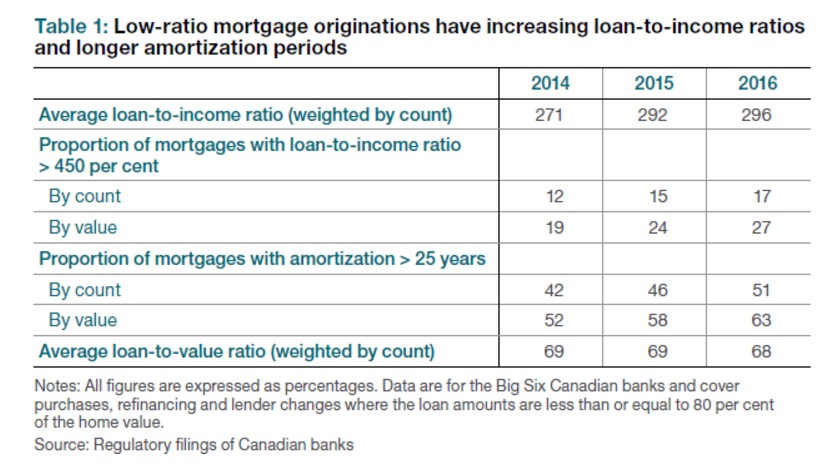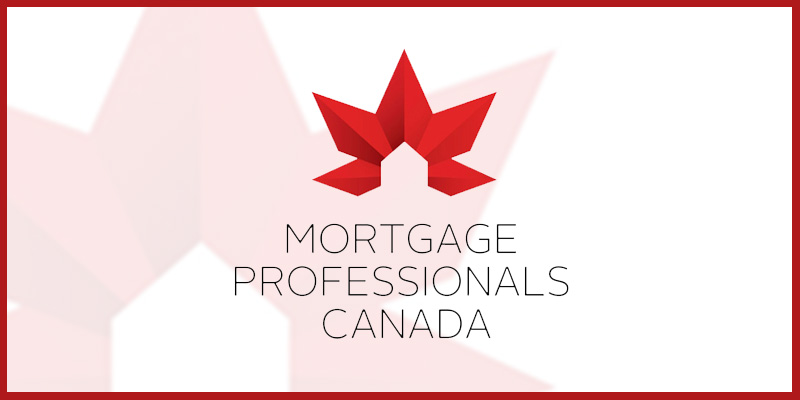If you’ve tuned into the news today, you’ve probably heard that there are new mortgage rules coming into effect on January 1st. 2018. Over the next week you’ll most likely hear a lot of commentary on whether these rules are good, bad, necessary, or unnecessary. And no doubt someone somewhere will come to the conclusion that no one will ever get a mortgage again, and that the housing market in Canada is going to come crashing down around us. Please remember that it’s the media’s job to write headlines and attract eyes, so they tend to sensationalize everything. Take what you hear with a grain of salt. Mortgages will still be written, and houses will still be bought.
At the end of the day, these new rules (outlined below) will come into play, and there’s nothing we can do to change the government’s mind. So how do we respond? Well… as it becomes increasingly difficult to qualify for a mortgage, your goal should be to work with a mortgage professional that gives you more choices. Instead of working with a single institution; having access to a single line of mortgage products, when you work with a mortgage broker, you have access to many different lenders, with a wide variety of choices.
As mortgage rules tighten, your goal should be to find as much flexibility as possible, you do this by working with a mortgage broker. So if you have any questions about your mortgage, please don’t hesitate to contact me anytime at 416.945.9123 or by email at mat@fugeremortgage.ca , I’d love to have a conversation with you.
Okay, so on to the changes… the biggest change to the rules surrounding mortgage qualification is that a requirement to stress test each mortgage will be now applied to all borrowers, instead of just borrowers who have less than a 20% downpayment. Qualification for all mortgages will now be made at a minimum qualifying rate which is the greater of the five-year benchmark rate published by the Bank of Canada or the contractual mortgage rate +2%.
OSFI (The Office of the Superintendent of Financial Institutions) released their final version of their new guidelines for the mortgage industry. Below is the news release from OSFI. called: OSFI is reinforcing a strong and prudent regulatory regime for residential mortgage underwriting
News Release
For Immediate Release
OTTAWA – October 17, 2017 – Office of the Superintendent of Financial Institutions Canada
Today the Office of the Superintendent of Financial Institutions Canada (OSFI) published the final version of Guideline B-20 − Residential Mortgage Underwriting Practices and Procedures. The revised Guideline, which comes into effect on January 1, 2018, applies to all federally regulated financial institutions.
The changes to Guideline B-20 reinforce OSFI’s expectation that federally regulated mortgage lenders remain vigilant in their mortgage underwriting practices. The final Guideline focuses on the minimum qualifying rate for uninsured mortgages, expectations around loan-to-value (LTV) frameworks and limits, and restrictions to transactions designed to circumvent those LTV limits.
OSFI is setting a new minimum qualifying rate, or “stress test,” for uninsured mortgages.
- Guideline B-20 now requires the minimum qualifying rate for uninsured mortgages to be the greater of the five-year benchmark rate published by the Bank of Canada or the contractual mortgage rate +2%.
OSFI is requiring lenders to enhance their loan-to-value (LTV) measurement and limits so they will be dynamic and responsive to risk.
- Under the final Guideline, federally regulated financial institutions must establish and adhere to appropriate LTV ratio limits that are reflective of risk and are updated as housing markets and the economic environment evolve.
OSFI is placing restrictions on certain lending arrangements that are designed, or appear designed to circumvent LTV limits.
- A federally regulated financial institution is prohibited from arranging with another lender a mortgage, or a combination of a mortgage and other lending products, in any form that circumvents the institution’s maximum LTV ratio or other limits in its residential mortgage underwriting policy, or any requirements established by law.
Quote
“These revisions to Guideline B-20 reinforce a strong and prudent regulatory regime for residential mortgage underwriting in Canada,” said Superintendent Jeremy Rudin.
Quick Facts
- On July 7, 2017, OSFI published draft revisions to Guideline B-20 – Residential Mortgage Underwriting Practices and Procedures. The consultation period ended on August 17, 2017.
- OSFI received more than 200 submissions from federally regulated financial institutions, financial industry associations, other organizations active in the mortgage market, as well as the general public.
- The cover letter includes an unattributed summary of the comments and an explanation of how these issues were dealt with in the final Guideline B-20.
- Following publication of Guideline B-20 OSFI plans to assess Guideline B-21 − Residential Mortgage Insurance Underwriting Practices and Procedures for consequential amendments.
Associated Links
- Cover letter (including a summary of industry comments and OSFI’s responses)
- Guideline B-20 – Residential Mortgage Underwriting Practices and Procedures
About OSFI
The Office of the Superintendent of Financial Institutions Canada (OSFI) is an independent agency of the Government of Canada, established in 1987 to protect depositors, policyholders, financial institution creditors and pension plan members, while allowing financial institutions to compete and take reasonable risks.















